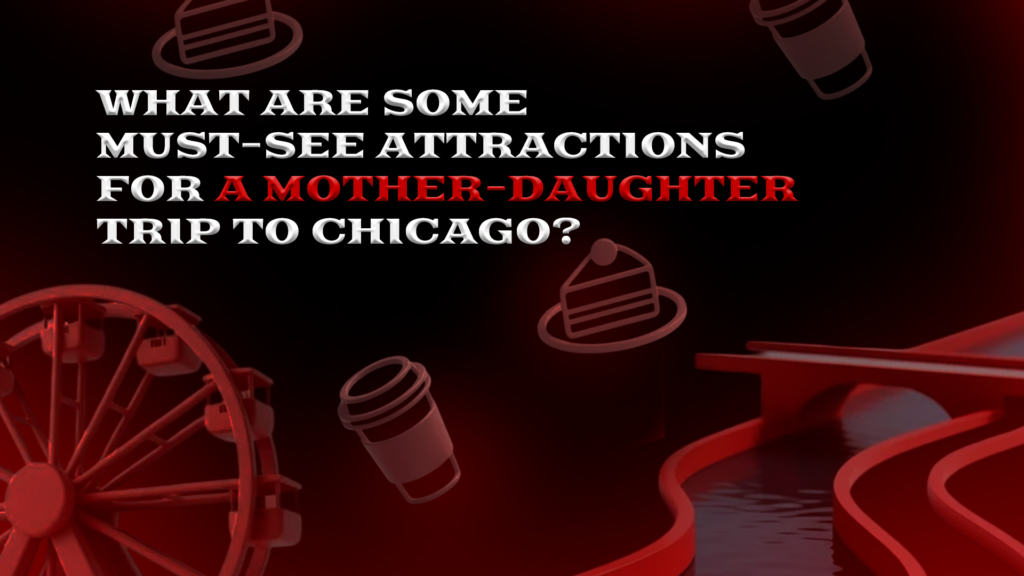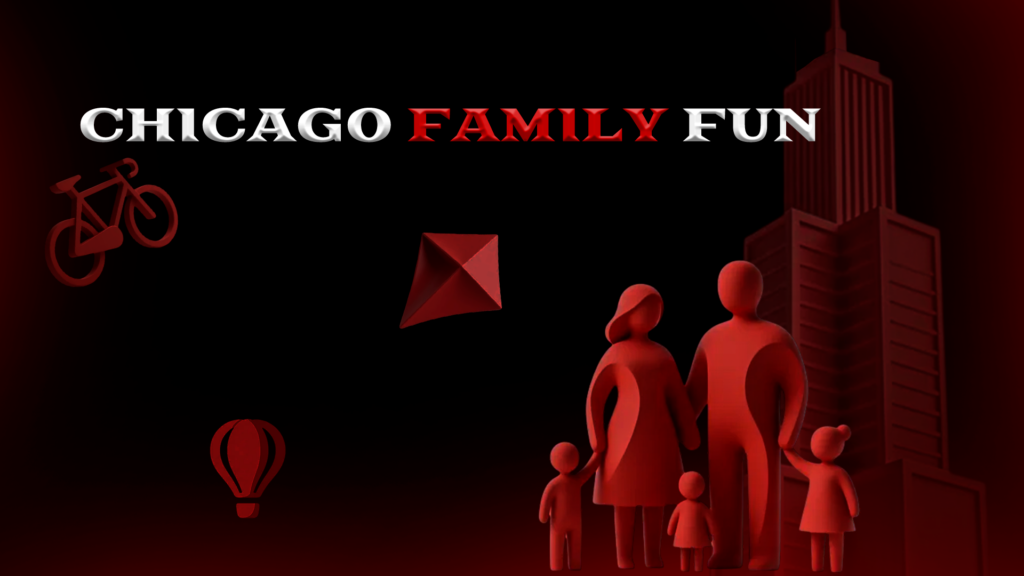The medieval period is often remembered for its brutal punishments, public executions, and the horrific devices used to inflict pain. These dark practices not only shaped the way people lived and feared but also influenced the world of art and literature, giving rise to a unique form of creative expression. Artists and writers during this time drew upon the agony, fear, and suffering of the human condition, often incorporating the symbolism of torture and execution into their works. If you’re exploring dark history, visiting museums that showcase medieval history might be among the most unique things to do in Chicago. This historical city offers a variety of experiences that connect visitors with the brutal past.
In this article, we will explore how the gruesome realities of medieval torture devices, medieval execution methods, and medieval public executions became powerful metaphors in art and literature. Through their creative lens, these once-dreaded tools and techniques were transformed into symbols of power, cruelty, and human frailty.
The Influence of Medieval Torture on Artistic Expression
During the medieval era, the human experience was steeped in fear, particularly the fear of punishment. This pervasive fear significantly influenced the creativity of artists and writers, who sought to capture the essence of pain and suffering in their works. The use of brutal imagery became an artistic tool to reflect societal anxieties about justice, morality, and human survival.
In many ways, the depictions of medieval torture and execution became a reflection of the times. Whether in literature or visual art, these elements were used to convey deeper meanings, transcending their physical horrors to become symbols of power struggles, societal control, and the consequences of disobedience. If you’re planning your visit, exploring historical museums can be an exciting option for things to do in Chicago this weekend, providing a chilling insight into the medieval era.
Fear as a Catalyst for Creative Expression
Medieval torture devices, such as the infamous rack and iron maiden, became enduring symbols of the medieval period. In art, these devices were often depicted to represent the ultimate form of pain and suffering. Artists and writers used these symbols to create emotional resonance with their audience, highlighting the frailty of the human body and the extremes to which people would go to survive.
Medieval execution methods, such as hanging, beheading, and burning at the stake, were frequently portrayed in literature as the final consequences of defiance against the ruling powers. These methods were not only used to punish the guilty but also to send a clear message to society about the dangers of disobedience. Writers often described these punishments in vivid detail, using them as metaphors for human suffering and as commentary on the justice system of the time.
Depictions of Famous Medieval Executioners in Art
Famous medieval executioners, like the infamous headsman, became archetypes in art and literature. These figures were often portrayed as both feared and respected, wielding the ultimate power of life and death. In some works, the executioner was depicted as a faceless figure, representing the impartiality of justice. In others, they were shown as sinister, almost supernatural characters who took pleasure in the pain of others.
The craftsmanship involved in depicting these executioners and their medieval execution techniques was highly detailed, often focusing on the precision and coldness of their actions. Both visual art and literature captured the emotional intensity of these moments, making the executioner a symbol of both fear and fascination.
Torture and Execution in Medieval Europe
The realities of torture in medieval Europe were harsh and unforgiving. Torture was not only used as a means of punishment but also as a tool for extracting confessions and enforcing control over the population. The graphic nature of these practices made them ideal subjects for artistic expression, as they embodied the extremes of human suffering and power dynamics.
The Medieval Torture Museum in Chicago showcases many of the medieval executioner tools that were used during this period, offering a glimpse into the horrific methods that shaped much of the art and literature of the time. These tools, such as the thumbscrew and the breaking wheel, are not just relics of the past—they represent the fear and agony that inspired creativity during the medieval period. If you’re looking for intriguing things to do in Chicago today, exploring these grim exhibits can provide a unique perspective on medieval history.
The Dark Aesthetic of Torture Chambers
Medieval torture chambers were often depicted as dark, foreboding spaces where unimaginable horrors took place. These chambers became symbols of the darkness and cruelty that permeated medieval society. Artists and writers frequently used torture chambers as settings for their works, creating an atmosphere of dread and suspense.
The instruments of torture, from the rack to the iron chair, were often described in gruesome detail, emphasizing their role not just as tools of pain, but as instruments of power used by the ruling elite to maintain control. These devices became powerful metaphors in art and literature, representing the fine line between civilization and barbarism.
Public Executions as Spectacle
Medieval public executions were not just forms of punishment—they were public spectacles designed to instill fear and reinforce societal norms. The blood and violence of these events became focal points in many artistic and literary works, serving as commentary on the human fascination with death and suffering.
The cultural and artistic importance of the medieval executioner job cannot be overstated. Executioners were often depicted in literature as necessary but feared figures, who operated outside the bounds of normal society. Their role in public executions made them both reviled and respected, and their depiction in art often focused on the ritualistic aspects of their job.
The Role of Torture in Literature
Torture in medieval Europe became a central theme in many literary works, often symbolizing the darker sides of human nature. Writers used the imagery of torture to explore themes of cruelty, power, and suffering, using these elements to create emotionally charged narratives.
The Medieval Torture Museum in Los Angeles provides a modern-day exploration of these themes, showcasing how torture and execution have been portrayed in art and literature throughout history. Through its exhibitions, the museum demonstrates how these brutal practices have influenced storytelling and creative expression in various forms.
Torture as a Reflection of Human Cruelty
In many literary works, authors used torture in medieval Europe as a metaphor for the cruelty and injustice of the ruling powers. These stories often focused on the psychological torment experienced by the victims, as well as the moral dilemmas faced by those who inflicted the pain. Torture was not just a physical act—it was a reflection of the power dynamics at play in medieval society.
The innovation of new medieval execution techniques also played a role in shaping the way these stories were told. As execution methods became more sophisticated and brutal, they provided writers and artists with new ways to explore the depths of human suffering and the moral implications of such cruelty.
Lasting Impact of Medieval Torture on Creativity
The influence of medieval torture techniques on art and literature continues to be felt today. From the detailed depictions of executioners in medieval manuscripts to the modern-day exhibitions at the Medieval Torture Museum in Chicago, these brutal practices have left a lasting mark on creative expression.
By visiting the museum’s blog, you can discover more about how torture and execution in medieval Europe inspired some of the most chilling and thought-provoking works of art and literature. The dark world of medieval history, with its emphasis on fear, suffering, and power, continues to captivate audiences and inspire creative works today. Whether you’re exploring history or looking for unique things to do in Chicago this weekend, delving into the medieval era’s influence on art and literature offers an unforgettable experience.






